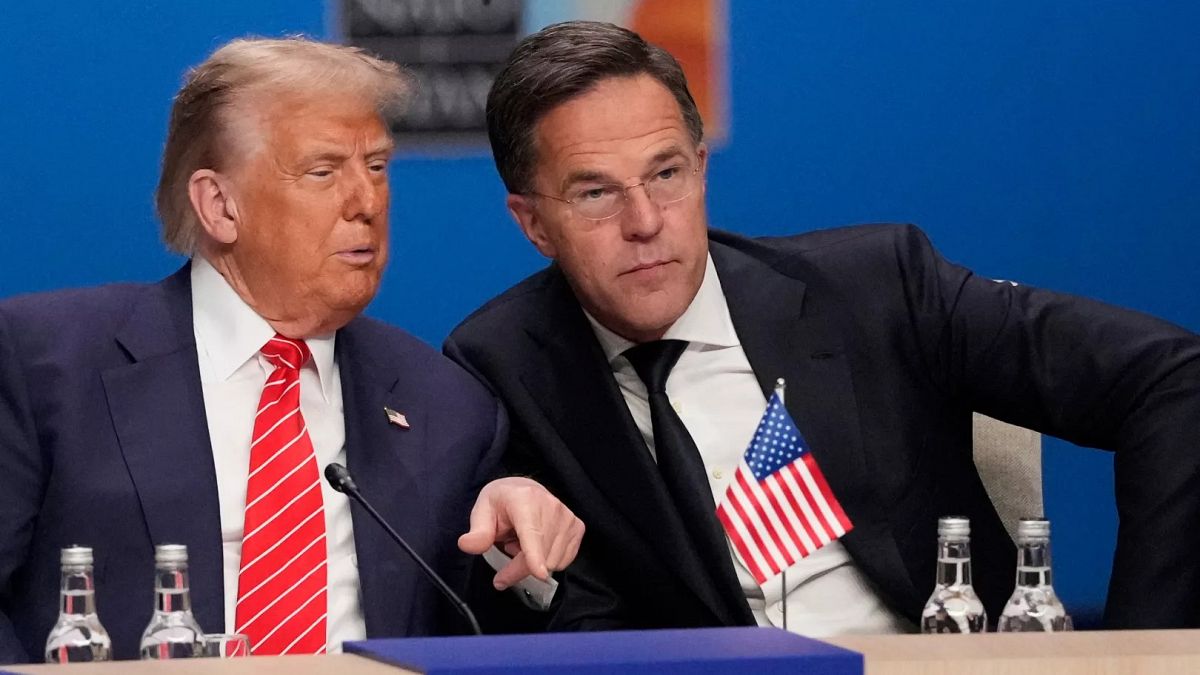

The recent NATO summit concluded with several significant decisions and developments. One of the key outcomes is the commitment by member nations to increase defense spending to 5% of their Gross Domestic Product (GDP) by 2035. This collective resolution more than doubles the previous target set at 2%, showcasing a robust intent to strengthen the alliance’s defensive capabilities. Such an ambitious target aims to equip NATO with the necessary resources to address current security challenges, particularly in the wake of ongoing geopolitical tensions.
The summit, characterized by both formal agreements and informal diplomatic exchanges, witnessed U.S. President Donald Trump playing a central role. He notably chose to stay at the Dutch royal palace, Huis Ten Bosch, during the event, engaging in discussions with King Willem-Alexander and Queen Máxima. The visit symbolized close ties between the United States and the Netherlands, underscoring the importance of diplomacy in building and maintaining bilateral relationships.
In a lighter moment of diplomacy, Dutch Prime Minister Mark Rutte expressed his informal admiration for President Trump’s decisive approach toward Iran and defense spending. Rutte’s playful ‘daddy diplomacy’ comment was shared on social media, reflecting a unique blend of humor and acknowledgment of leadership in international relations.
While the decision to increase defense spending received broad support, it also sparked discussions about its implementation. A notable detail of the agreement is the allocation of 1.5% of the GDP target to non-military expenses. The interpretation of this clause remains somewhat ambiguous, raising potential challenges in ensuring consistent adherence among member nations. Additionally, the discussions highlighted the strategic need for NATO to present a unified front despite differing national priorities.
French President Emmanuel Macron seized the opportunity to urge President Trump to seek resolutions to existing trade disputes, particularly in light of recent threats to impose sanctions on countries like Spain for not agreeing to the new spending goals. Such calls for reducing trade tensions emphasize the interconnected nature of economic and defense policies and the importance of diplomatic negotiations in reconciling these spheres.
Furthermore, the NATO summit’s decisions coincided with a step toward a reinforced alliance between Canada and the European Union. In Brussels, Canadian Prime Minister Mark Carney, along with European leaders, signed a defense pact emphasizing cooperation on a range of issues including support for Ukraine and climate policy initiatives. This development reflects a strategic pivot by traditional U.S. allies in response to perceived shifts in America’s international posture, fostering a broader sense of security and collaboration.
In conclusion, the NATO summit encapsulated a transformative moment for the alliance with its increased commitment to defense spending, reflective of a proactive stance in guarding against global instability. Moreover, the events around the summit illustrated the enduring value of diplomacy and consensus-building in navigating the complexities of global governance. As nations adapt to emerging challenges, these efforts exemplify an overarching commitment to maintaining peace and security through collective action.
Source: {link}
